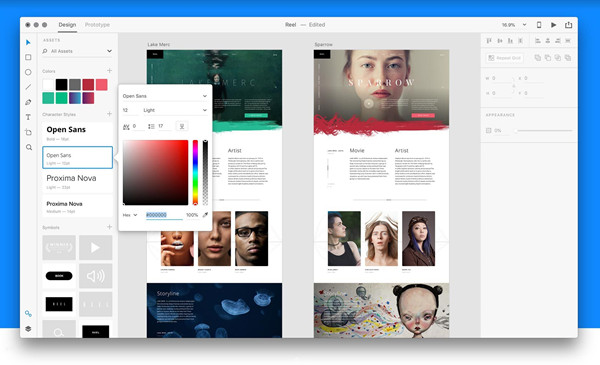

They are useful during the meetings or brainstorming sessions, not to forget the idea that came to your mind. Sketching a single screen shouldn’t take more than several minutes: it’s like you’re drawing on the napkin at hand. no sense of scale, grid, or pixel-accuracy.the location of the elements in the layout.What should wireframes include? Basically, low-fidelity schemes have to cover the following aspects: Note that you should start from wireframes and only then move to more detailed prototypes: getting straight to the higher levels takes too many assumptions and, therefore, is inefficient. Moving further, you can build middle- and high-fidelity prototypes, depending on the development stage and product complexity. When we talk about sketches and wireframes, they are low-fidelity design.

This low-fidelity technique helps designers highlight only the essentials, without diving into the aesthetic details too early.įidelity refers to the proximity of your wireframe or prototype to the final product and can be low, middle, and high. But the task remains the same: you have to keep it as simple as possible, without details or touching the UI. Sometimes, for more complex products, it’s better to use prototyping software. These prototypes help test ideas and gather feedback from the stakeholders. They are skeletal mockups aimed at helping the team figure out information architecture, accessibility, and usability of the product before bothering with the visual representation. The prototypes like these are called wireframes – basic boxes that help UX designers layout ideas and functions on the page. The simplest and cheapest way of rapid prototyping is sketching your ideas on paper or a board. a list of critical tasks for the part you’re prototyping.user research to understand your audience.The rapid prototyping process should include: Decide how everything should work first, and only then think how visual design can complement functionality. For this reason, we recommend shifting the initial focus to functionality rather than the product’s look and feel. It usually results in problem-solving at the stage where it’s technically challenging and more time-consuming. Trying to speed up the process, teams quite often miss the prototyping step and move directly to the UI creation. Let’s start with how the UX design process looks in general: How Do We Implement Rapid Prototyping in UX Design? It’s always better to show rather than tell, and the purpose of any prototype is to provide a platform for discussion and problem-solving. It will significantly simplify further development, allow avoiding faulty or cumbersome processes, and reduce the product’s time to market. User experience designers can work with developers, QA specialists, and marketers on the early product prototypes. plus, remote work is no problem as distributed teams can cooperate on digital prototypes from anywhere, keeping in touch with investors and users at the same time.you can create multiple tests and iterations, where all team members have visual materials rather than just verbal descriptions to discuss.and you save money since you have all the logic tested during rapid prototyping and you don’t need to make costly architectural changes because of bugged UX later on.
Axure rp vs adobe xd full#

Success! We’ll reach out to schedule a callīefore you start building a product, you should check whether it’s what your audience needs, whether it’s user-friendly, and if the logic makes sense.


 0 kommentar(er)
0 kommentar(er)
